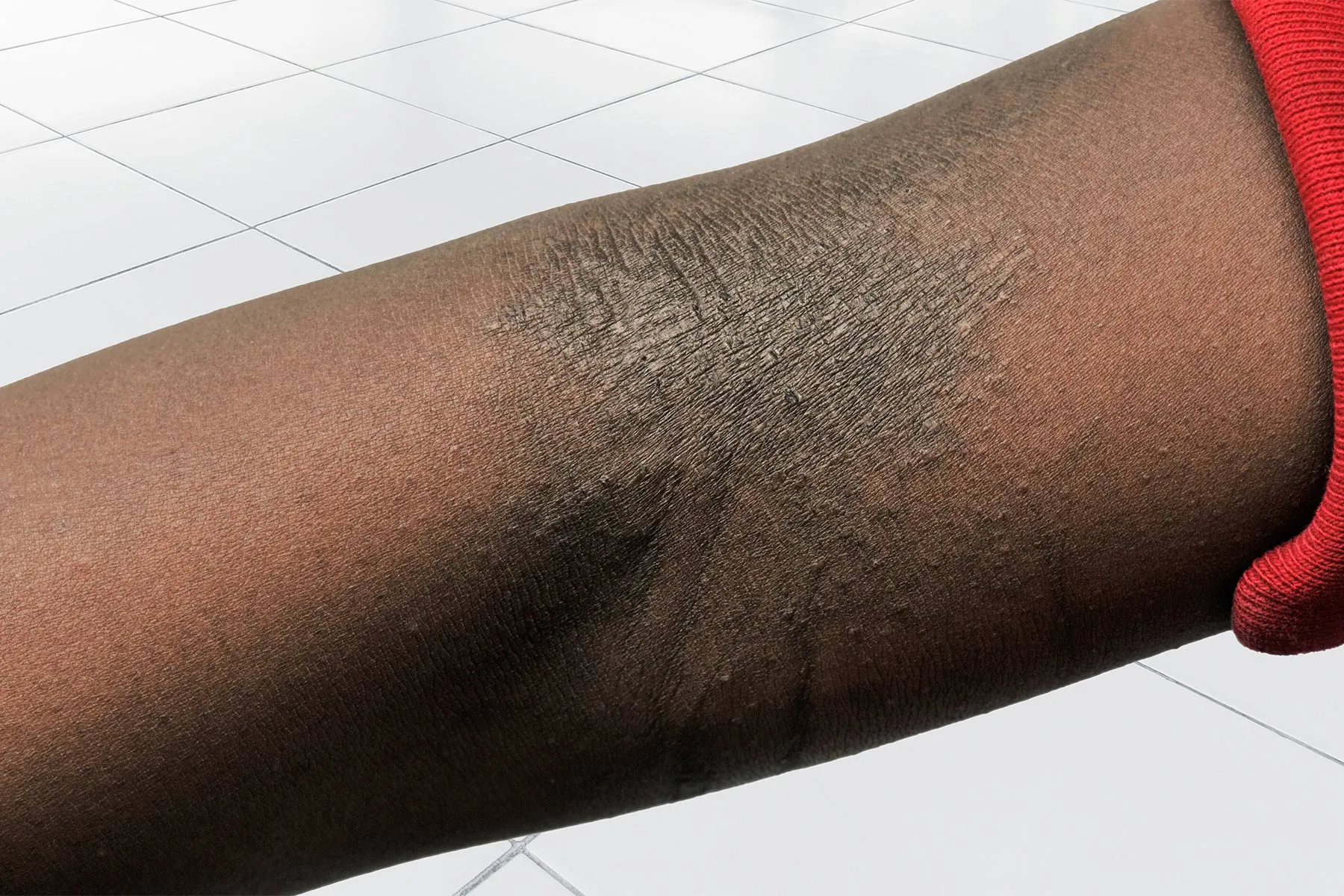Gun Sales Linked to Rise in Domestic Violence During Pandemic
Researchers at the University of California, Davis found a positive correlation between the rise in firearm purchases and domestic violence during April and May 2020. However, they did not find the same association between firearm purchases and other types of interpersonal firearm violence.


Photo by Mitch Barrie via Flickr
Firearm purchases surged dramatically during the first months of the coronavirus pandemic. With it, domestic violence rose too, according to a study by the University of California, Davis Violence Prevention Research Program.
However, the study did not find the same correlation between firearm purchases and other types of interpersonal firearm violence―a result researchers called “unexpected.”
“Given what we know about the risks of firearm violence associated with firearm access in general, and firearm purchasing surges specifically, we expected to see a relationship between these two during the pandemic,” wrote Julia Schleimer, lead author for the study, published in the Injury Epidemiology journal.
The data in fact showed that states with the largest increases in purchases from March through July 2020 did not experience the largest increases in non-domestic firearm violence.
“This was unexpected given prior studies,” Schleimer said, noting that although in the country “as a whole” firearms purchases and violence both increased, “when we looked state-by-state at the places in which firearm purchases increased the most, those weren’t the places where the violence increased the most.”
The connection between domestic violence, the COVID-19 lockdowns and firearm ownership has been established in a number of studies in the U.S. and overseas.
UC Davis researchers found that the states where firearm purchases rose the most also showed the largest increases in firearm injuries from domestic violence. But “while this was particularly true during April and May when social distancing was at its peak,” the correlation was not as strong in subsequent months.
“Additional analyses showed that other, unmeasured variables might explain the association,” the study acknowledged.
Physical distancing and stay-at-home orders were at their peak during April and May of 2020 but not in the following months, according to the researchers.
Other “unmeasured variables” contributing to the increase in domestic violence could include changes in access to domestic violence-related services and trends in drug and alcohol use, the study said.
Violence and the Pandemic
Interpersonal violence also rose substantially beginning in May 2020.
Between April and July 2020―the peak period of the pandemic―there was a 27 percent increase in “interpersonal firearm injuries” (which includes firearm homicides and nonfatal firearm assaults), or roughly 4,075 more injuries than would have been predicted for that period.
Over the same period, the number of background checks registered for guns—an indicator of firearm sales—rose to 9.3 million, an increase of 85 percent over the expected volume, the study said.
The researchers acknowledged that background checks do not correspond perfectly to the number of firearms purchased, as the majority of states allow a single person to purchase multiple firearms at once.
The researchers used a cross-sectional study of monthly firearm purchasing and violence from January 2018 to February 2020, prior to the increase in violence, to estimate expected trends.
The researchers suggested a number of other contributing factors could account for the increase in firearms injuries.
“The pandemic has also exacerbated factors that contribute to interpersonal violence—including financial stress, trauma, and strains on community resources—particularly among Black, Indigenous, and other communities of color which already experience a disproportionate burden of interpersonal firearm violence ,” the study said.
“In addition, recent killings of Black people, and the broader racial inequities they reflect, have spurred nationwide protests and counter-protests that have been accompanied by violence. These events may heighten concerns about violence and contribute to an increase in firearm purchasing.”
Moreover, although the study found a positive correlation between firearm purchasing and domestic violence in April and May of 2020, it did not find a correlation in June or July of 2020.
The study included the 48 contiguous states and the District of Columbia. Hawaii and Alaska were not examined due to incomplete data.
Study Method and Limitations
The study utilized state-level data from the National Instant Criminal Background Check System (NICS) to approximate firearm purchasing based on background checks performed for firearm purchases.
The U.S. Census’ Annual Estimates of the Resident Population was used as the denominator for rates.
The study did not research the risks of firearm access during the pandemic, but rather the risks of “excess” firearm access.
Violence was measured using data from the Gun Violence Archive (GVA) which compiles records of gun violence nationally based off news outlets and other public sources.
Violent incidents were separated according to whether they were domestic violence or non-domestic violence related. No unintentional or self-inflicted injuries were included.
The study found the average statewide monthly rate of non-domestic violence related firearm injuries from March to July of 2020 was 1.36 per 100,000 and the average monthly rate of domestic violence related firearm injuries for the same period was 0.07 per 100,000.
These rates were compared to the rates from January 2018 to February 2020 which was recorded as 0.98 and 0.05 per 100,000 for non-domestic violence related firearm injuries and domestic violence related firearm injuries, respectively.
The study noted that for some violent incidents, there was not enough information to determine whether they are domestic violence-related or not, and therefore may result in misclassification.
The researchers also noted they did not have information in order to determine whether the firearms purchased during the study period were used in violence, the characteristics of firearm purchasers or how the firearms were stored.
Further Research Needed
The researchers acknowledged more work was needed to understand the effect other variables may have had on the increase in firearm violence.
Other variables that still need to be researched in terms of their relationship to the rise in violence include the economic impact of the pandemic, the closure of educational and community services, neighborhood disorganization, civil unrest and policing.
Although the study did not find a direct association between firearm purchasing and firearm violence, it did note a significant increase in firearm-related injuries and deaths during the first five months of the pandemic.
Due to this, the study suggests a need for more evidence-based and equitable violence prevention efforts.
General prevention efforts suggested by the study include utilizing short-term crisis intervention, improving collective trust and security and addressing misconceptions about the risks and benefits of firearm ownership.
Prevention efforts aimed at combating domestic violence specifically include screening for firearm ownership and intimate partner violence in healthcare settings, expanding the use of domestic violence restraining order firearm prohibitions and increasing access to support services.
The complete report can be downloaded here.
Blake Diaz is a TCR Justice Reporting Intern.

 Landwebs
Landwebs 




















/cdn.vox-cdn.com/uploads/chorus_asset/file/24430706/elon_musk_twitter_for_you.png)